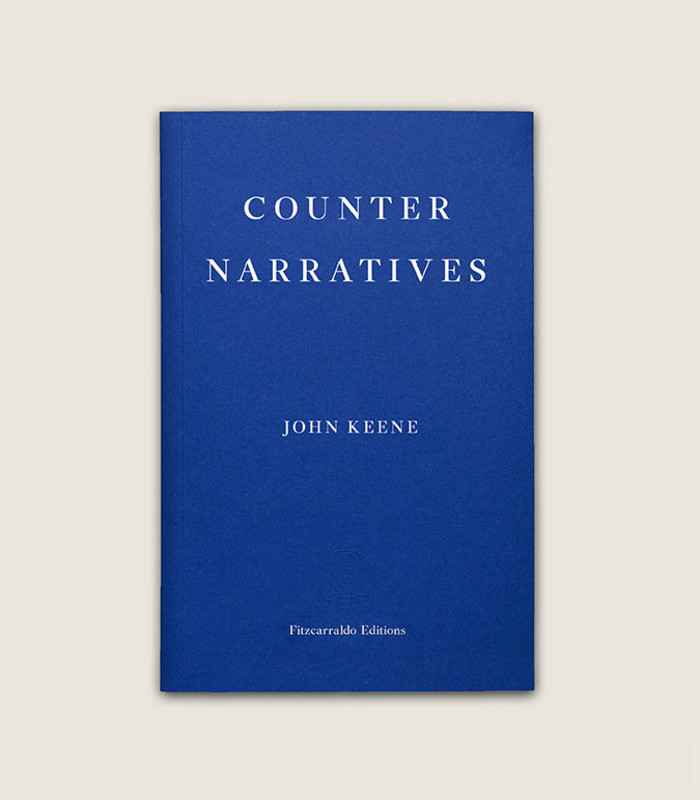Whenever I think of Ingmar Bergman, the first film that comes to mind--it's perhaps my favorite, though I can only bear to watch it after I've steeled myself--is Autumn Sonata (1978), which I know is not considered one of his "best" films--formally, thematically, or otherwise--but which includes two of the finest performances I've ever seen on film. For those unfamiliar with the movie, it stars Ingrid Bergman in her final big-screen performance and only one for Ingmar Bergman, as a brilliant pianist and forbidding, distant mother, and Liv Ullmann as her psychologically and physically damaged daughter. Bergman draws such lacerating performances out of both actors--he had done this more than once with Ullmann, in Persona (1966), Cries and Whispers (1972), Scenes from a Marriage (1973), each of which ranks among his greatest achievements--that you can almost miss the film's other virtues, which include superb cinematography, deft compositions, and an imaginative use of color. As one of the later chamber works, Autumn Sonata can seem like an almost minor recreation of so many of the films that proceeded it, but it distills so much of what Bergman was exploring, with different actors and scenarios, in earlier films, into one question: what is the true toll of imperfect, often fraught personal relationships, especially familial ones, in contemporary society? The answer with this film was "shattering," but one of the great aspects of Bergman's filmmaking is that while his range of subject matter isn't great, the changes he rings on it are; in his large body of work, there are quite lighthearted films, like the jaunty and sexy Smiles of a Summer Night (1955) or his adaptation of The Magic Flute (1975), as well as ones like The Secret (1963), which still possess the power to shock. In almost every case, the emotional resonances are palpable. Woody Allen, in his important 1978 filmic homage, Interiors (which was one of many), literalizes the metaphor (and approaches but does not approximate the mastery) at the core of Bergman's art--the exploration of interiors, in terms the home, community, and society in the smaller sense, as well as our metaphorically and metonymically related emotional and philosophical interiors. Bergman was close to peerless in this milieu.

The acrobatic dancers, in La Notte
Michelangelo Antonioni was another of the greatest cinematic explorers, a lyric imagist who, to use the phrase that was cast appropriately for Andrei Tarkovsky, sculpted in time. Antonioni's astonishing, elusive early 1960s trilogy--L'Avventura, La Notte, L'Eclisse--represent for me one of the pinnacles of late 20th century filmmaking. I reviewed the third film here several years ago, and to this day, its images, like those of L'Avventura, are touchstones. Both films provided many revelations, and made me understand why people like Susan Sontag, to take one example, held him in highest esteem and considered him one of the avatars of his art. Antonioni was fascinated by the effects of the modern world on humans and human relationships, our mores, our ethics, our perceptions of each other and misperceptions--but he was also interested in externalizing these perceptions in physically and temporally abstract, visual form, thus the final lyrical passage of the inanimate yet vivid world in L'Eclisse, which must be seen to be fully appreciated. Gilles Deleuze devoted a great deal of his two books on film to Antonioni's poetries of time, so I'll step back and say that for me, his concretization of time's passage, but not in the usual prose sense, but in the sense of the unfolding of desire, or its partner, alienation, is one of his greatest achievements. There is also the almost dreamlike fusion of acting and painterly composition in these works that arrest the heart and eye simultaneously. The scene in L'Eclisse at the Rome Stock Market is a tour-de-force of this combination, but then so is the concert of trees and metal posts when Monica Vitti goes out at night to search for the dog that has run away. The film's final marvelous and enigmatic passage is like a mirror held up to modern society, or a concrete depiction of Heidegger's "thingness of things," loosed from his ponderous and overdetermined neo-existentialism. I used to think that Antonioni probably could not have pulled off this fusion without an actress of Vitti's caliber, but in Blow Up (1966), another landmark work and his most popular, he demonstrates that he can do so with very different actors (David Hemmings, Vanessa Redgrave), in a very different landscape (London, as opposed to Italy). I must add that despite his movement away from the neorealist tradition, in several of his films he probes issues of colonialism (see the image above) and the problems of capitalism and class relations, particularly among the leisured classes, but filtered through a highly poetic, almost stunned sensibility. The financial debacle of the student revolt film Zabriskie Point effectively ended his brilliant run, but he did produce one final masterpiece, 1975's The Passenger, starring Jack Nicholson and Maria Schneider. Its final, remarkable scene is yet another piece of movie magic that film students still study today, and a reminder of what set Antonioni apart.
From Roger Ebert's blog, here are comments on Ingmar Bergman by some notable writers and directors.
From the New York Times, here are: Stephen Holden's encomium to Antonioni, Mervyn Rothstein's obituary for Bergman, and A. O. Scott's thoughtful tribute to both.






No comments:
Post a Comment